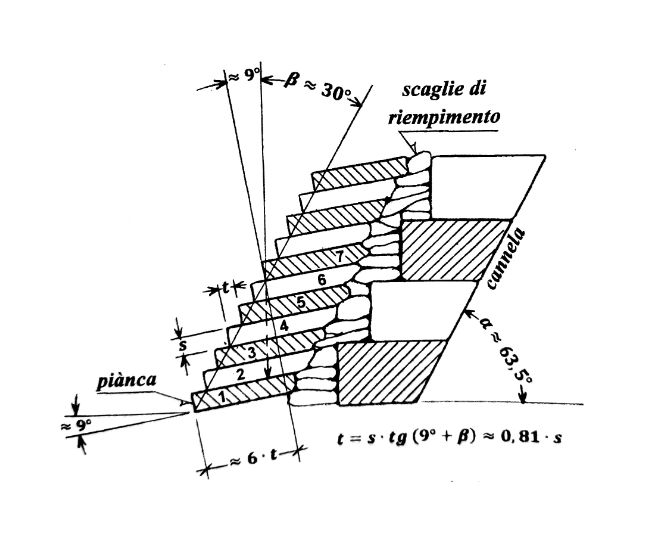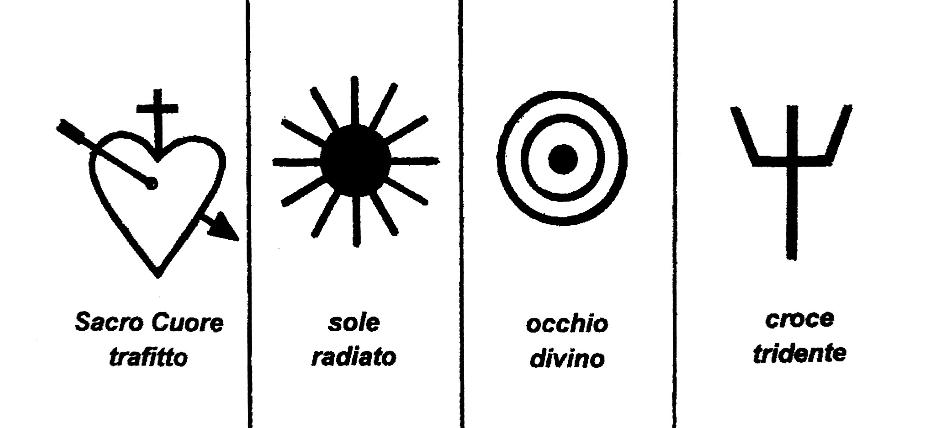The trulli are the most iconic and fascinating buildings of Puglia and the Valle d’Itria, also known as the “Valley of the Trulli.”
In this article, you will discover the origins of these ancient dwellings, their architectural characteristics, and the reason why they continue to enchant travellers from all over the world, to the point of earning recognition from UNESCO as a World Heritage Site.
The Trulli: from simple shelters to icons of Puglia
The lands of the Valle d’Itria are particularly rich in limestone. To cultivate them, farmers first had to remove the excess stones from the soil. These were then piled up into small mounds called specchie and later cleverly reused.
With those same stones, the characteristic dry-stone walls were built, which served to mark the boundaries of the small agricultural plots, but also as temporary shelters for tools, animals, and the farmers themselves. These rustic constructions, initially simple casedde, evolved over time into real homes: the trulli.
The official recognition that consecrated the trulli as a universal symbol of Puglia came in 1996, when the Trulli of Alberobello were declared a UNESCO World Heritage Site. Since then, these fascinating dry-stone buildings have become famous worldwide, so much so that they even inspired the world of animation: Disney set the animated series Trulli Tales right among the trulli.
Why are trulli built using dry stone? A history rooted in tradition
In 1635, Count Giangirolamo II, nicknamed the “One-eyed of Puglia,” began the urbanization of the forest where Alberobello now stands, granting the farmers permission to build houses using exclusively dry-stone walls, without mortar. But why this unusual choice? The answer is simple: to avoid paying taxes.
At that time, the entire southern Italy was part of the Kingdom of Naples, ruled by the Spanish viceroy, and there was a law known as the “Pragmatica de Baronibus.” This regulation established that every new settlement had to pay tributes to the Royal Court, meaning the central government, with the burden on the baron who owned the land.
To bypass this tax burden, Count Giangirolamo devised a clever trick: the houses had to be built without mortar, so they could be easily dismantled. In fact, when inspections by the viceroy took place, the inhabitants were obliged to remove the distinctive conical roof. And without a roof, a house… simply was not considered a house, and therefore was not subject to taxation.
This stratagem gave rise to one of the best examples of traditional architecture: the trulli, which still today tell this story of ingenuity and necessity.
The unique and fascinating architecture of the trulli
The oldest trulli have a circular base, while those built in more recent times tend to have a square floor plan. This evolution is not accidental: the square shape allows for better organization of the interior spaces, making it easier to arrange furniture.
The walls of the trulli can be anywhere from about 2.6 to nearly 5 feet thick.. This remarkable natural insulation means that even on the hottest days, with temperatures over 40 degrees Celsius, the inside of a trullo remains cool. A true oasis of comfort—no air conditioning needed!

But the most interesting part is the cone-shaped roof. The inner covering of the trullo forms a pseudo-dome called the candela. What’s truly surprising is that this structure is built entirely using dry stone—without mortar, cement, or even temporary support structures. The technique relies on a very simple principle: the stones are placed in such a way that they support each other through their own weight, without exerting lateral pressure as in traditional domes. In essence, it is gravity that keeps everything in balance, making the trullo remarkably stable and long-lasting.
The outer covering, on the other hand, is made with so-called chianche—flat limestone slabs, between 1.2 and 2.8 inches (3 to 7 centimeters) thick—arranged in overlapping concentric circles. Each chianca must have a slight outward tilt (about 9°) to allow rainwater to run off efficiently. Between the two layers, filling flakes are inserted—crushed stone and debris that serve to stabilize and seal the cone, filling empty spaces and providing excellent insulation. At the top of the cone sits the pinnacolo, a crowning element that serves both a decorative and symbolic purpose.

You’ll often find symbols drawn with lime on the roofs of trulli. These markings were meant to protect the house and its inhabitants, but also to express the faith or identity of those who lived there.
Common symbols include the pierced Sacred Heart, representing Christ’s love and suffering for humanity; the radiant sun, symbolizing light, life, and divine energy; and the all-seeing eye, a symbol of protection against evil.
What makes trulli so unique
Today, trulli stand as a perfect example of spontaneous architecture, born from the ingenuity of rural communities and their deep connection to the land. Built entirely with local materials—especially the abundant limestone of the Valle d’Itria—they are both sustainable and harmoniously integrated into the Apulian countryside, creating a visual balance that fascinates anyone who sees them.
Their authenticity, simplicity, and beauty tell a story of tradition, hard work, and human creativity passed down through generations. It’s this unique balance between function and poetry that makes each trullo special: no two are exactly alike, yet all share a common identity rooted in the land and love for it.
Ready to experience the magic of sleeping in a trullo?
Book your stay at Trulli Papavero for your next vacation in Puglia!

